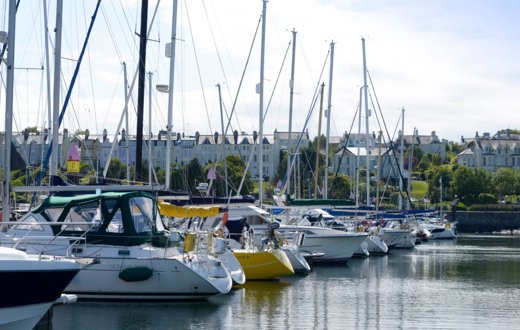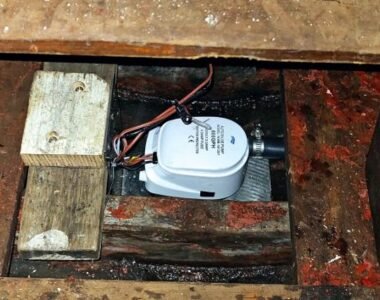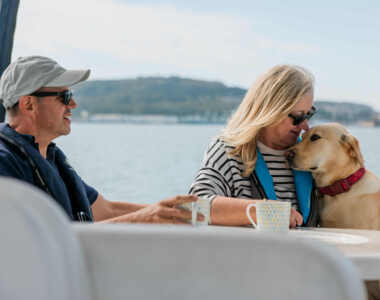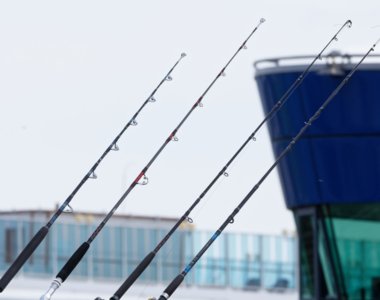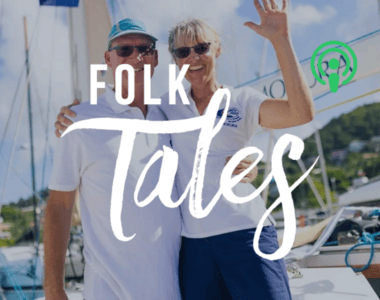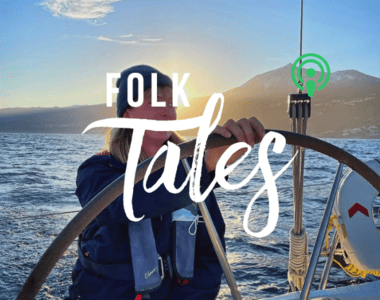-
Bangor Marina Bangor, Northern Ireland
-
Conwy Marina Conwy, North Wales, Wales
-
Deacons Marina River Hamble, Southampton, England
-
East Cowes Marina East Cowes, Isle of Wight, England
-
Haslar Marina Haslar, Portsmouth Harbour, England
-
Penarth Marina Penarth, Cardiff, Wales
-
Portishead Marina Portishead, Bristol, England
-
Portland Marina Portland, Dorset, England
-
Rhu Marina Rhu, Firth of Clyde, Scotland
-
Royal Quays Marina Royal Quays, North Shields, England
-
Weymouth Marina Weymouth, Dorset, England

15th April 2024
Bangor
Are you and your crew ready
Steps to Prevent and Manage Man Overboard Emergencies
Maritime accidents pose a severe risk, especially when a crew member falls overboard. According to the Maritime Accident Investigation Branch (MAIB), crews have critically limited time—often less than 11 minutes—to recover someone who has fallen into cold water before they become unresponsive. The urgency increases with colder water temperatures or rougher sea conditions, highlighting the need for swift, effective action and rigorous preparation.
Man Overboard Prevention
Proactive measures are the best defense against man overboard incidents:
- Safety Briefing: Before departure, conduct a comprehensive safety briefing for all crew members. Emphasise the importance of moving along the high side of the vessel, always having one hand for oneself and one for the boat, and securely clipping on.
- Adjust Sailing Practices: In deteriorating conditions, reef sails early or reduce speed if aboard a motorboat. Direct less experienced crew members to remain in safer areas, like the cockpit or cabin.
- Clear Directions: Ensure that all crew members understand their roles, particularly those involved in tasks like hoisting, dropping anchors, or other operations outside the cockpit.
Man Overboard Response
The steps to respond to an MOB incident vary slightly depending on whether the person is attached to the vessel or not:
If Attached:
- Cease Movement: Immediately stop the boat to prevent injury from the vessel moving through water.
- Evaluate Options: If the casualty cannot be lifted out of the water and stopping is not possible, consider cutting the tether and positioning the vessel to return safely.
If Unattached:
- Raise the Alarm: Immediately inform the crew and press the MOB button on the navigation plotter to mark the last known position.
- Appoint a Spotter: Have one person keep constant visual contact with the person in the water.
- Deploy Safety Gear: Throw a danbuoy or life rings to assist with buoyancy and mark the location.
- Reduce Speed: Slow down to prevent additional overboard incidents and prepare to approach the casualty.
- Plan the Approach: Aim to approach upwind, allowing the wind to help move the vessel toward the person.
Recovery and Onboard Management
Once the person is located and the vessel is alongside, the recovery process depends on the state of the casualty:
- Conscious Casualty: Use a heaving line, scramble net, or other aids to assist them back onto the vessel.
- Unconscious Casualty: Employ a lifting device attached to the casualty’s life jacket or harness. Crew members may need to be lowered to secure the device without putting themselves at risk.
- Casualty Onboard: Switch the engines to neutral to prevent injuries from the propeller. If the casualty is unconscious or not breathing, prioritize keeping them horizontal to prevent complications from hydrostatic pressure.
Post-Recovery Care:
- Immediate First Aid: Assess and address any injuries or medical conditions such as shock, hypothermia, or secondary drowning.
- Warmth and Monitoring: Remove wet clothing, warm the casualty, and continue monitoring their condition.
- Medical Evaluation: Transport the casualty to a medical facility as soon as possible for further examination and treatment.
The stark statistics reported by the MAIB underscore the importance of not only having a well-practiced MOB recovery plan but also ensuring that all crew members are trained and prepared to execute it under pressure. These proactive and reactive measures can significantly reduce the risk of fatality in these perilous situations.















